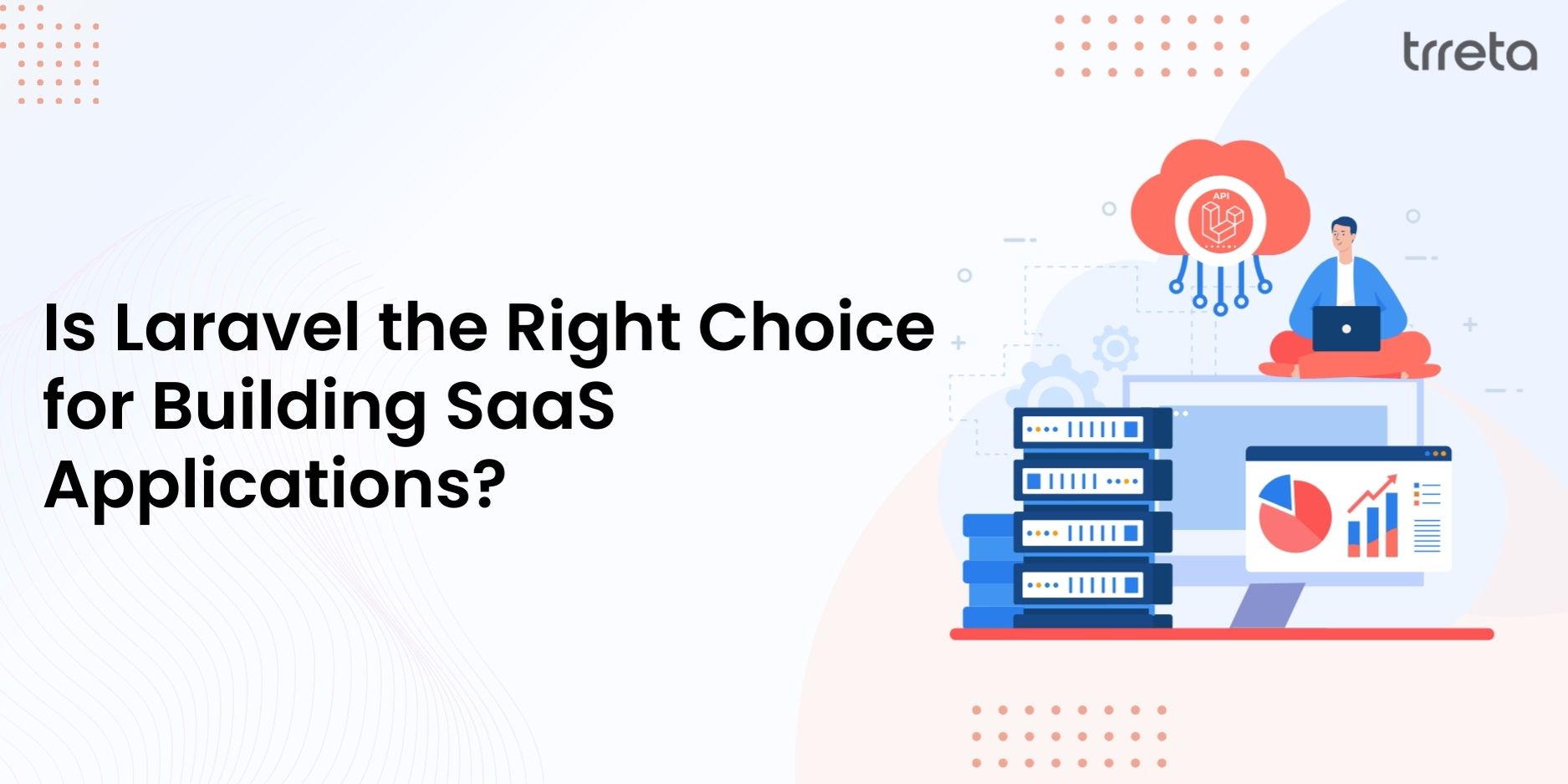When it comes to SaaS development, choosing the right framework isn’t just a technical decision - it’s a business one. The framework you pick impacts scalability, security, cost, and even how quickly your product can go to market. Among the many options available, Laravel has become a favorite for developers and startups alike. But is it truly the best choice for SaaS applications? Let’s break it down.
Why Laravel is a Strong Contender for SaaS
1. Rapid Development
Laravel comes with built-in tools like authentication, routing, and caching. For a SaaS product that needs to launch quickly, this saves weeks of effort.
2. Scalability
A SaaS platform grows with its users. Laravel integrates seamlessly with cloud services and supports modular development, making it easier to scale as demand rises.
3. Security First
Subscription-based apps deal with sensitive customer data. Laravel includes CSRF protection, encryption, and secure authentication, helping businesses stay compliant and trustworthy.
4. Cost Efficiency
With Laravel, businesses avoid reinventing the wheel. Its open-source ecosystem and extensive package library reduce both development time and cost.
5. Community Support
Laravel has one of the most active communities. Whether it’s troubleshooting or extending your app’s functionality, chances are someone has already solved the problem.
Challenges with Laravel in SaaS
No framework is perfect, and Laravel is no exception. Some limitations include:
Performance at Enterprise Scale: For extremely large-scale SaaS systems with heavy real-time interactions, Laravel might require advanced optimization or additional tools.
Learning Curve: Teams unfamiliar with PHP may need time to adjust. While Laravel is beginner-friendly compared to others, onboarding can still delay progress.
Hosting Costs at Scale: SaaS businesses often underestimate the long-term infrastructure costs. Laravel apps, when scaled massively, can become resource-intensive without proper optimization.
Laravel vs. Other Frameworks
When compared with frameworks like Django (Python) or Ruby on Rails, Laravel stands out for its balance of simplicity and flexibility.
Rails may offer faster prototyping, but Laravel’s community support and package ecosystem often make it more practical.
Django excels in data-heavy applications, but Laravel’s integration with PHP hosting environments is more cost-friendly.
Ultimately, Laravel’s sweet spot is small to mid-sized SaaS applications that need quick iteration, reliable security, and scalable architecture.
So, Is Laravel Worth It for SaaS?
The short answer: Yes - if your SaaS fits the right profile.
For early-stage SaaS startups → Laravel is an excellent choice for speed, cost-efficiency, and ease of development.
For mid-sized SaaS products → Its scalability and multi-tenancy support make it a sustainable option.
For massive, enterprise-scale SaaS → It can still work, but you’ll need additional performance tuning, caching, and infrastructure planning.
Final Thoughts
Laravel isn’t just a PHP framework - it’s a well-rounded ecosystem that empowers SaaS businesses to move fast, stay secure, and scale responsibly. Its built-in features, rich packages, and strong community make it one of the most practical choices for modern SaaS development.
The real question is not whether Laravel can build a SaaS application (it definitely can), but whether it aligns with your business goals, scale expectations, and team expertise.
If your goal is to get to market quickly, validate your idea, and grow steadily, Laravel is absolutely worth it for SaaS development.




